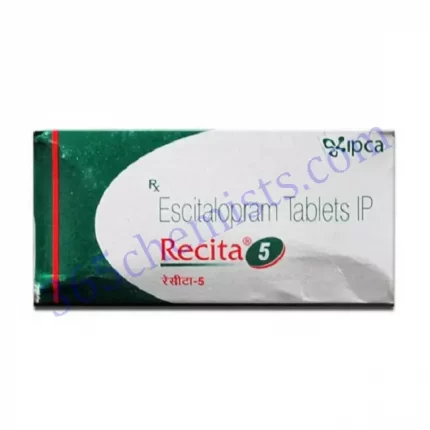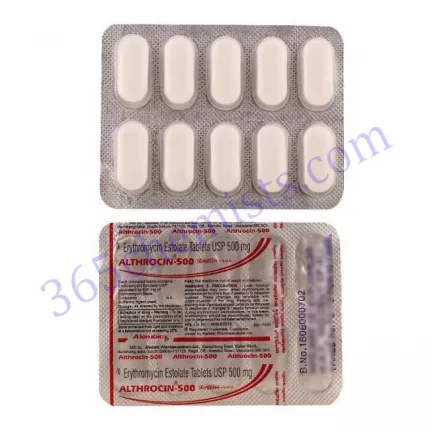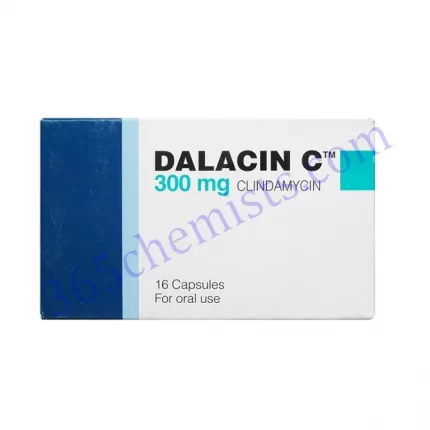Introduction
Amoxicillin in a dosage of 250 milligrammes and clavulanic acid in a dosage of 125 milligrammes are the active ingredients in the medication known as Rapiclav 375mg Tablet. It is an antibiotic that is classified as a penicillin and a beta-lactamase inhibitor, both of which are subclasses. The purpose of this in-depth article is to provide a detailed description of Rapiclav 375mg Tablet, including its uses, dosage, side effects, precautions, and other relevant information.
Uses of Rapiclav 375mg Tablet
The primary application for the Rapiclav 375mg Tablet is the treatment of bacterial infections brought on by organisms that are susceptible to the medication. It is effective against a wide variety of infections, including infections of the respiratory tract, infections of the urinary tract, infections of the skin and soft tissue, and specific dental infections. By preventing the breakdown of amoxicillin by bacterial enzymes, the combination of amoxicillin and clavulanic acid results in a significant increase in the effectiveness of the antibiotic.
Dosage and Administration
It is possible for the recommended dosage of Rapiclav 375mg Tablet to change depending not only on the nature and extent of the infection, but also on the age, weight, and kidney function of the patient. It is essential to carefully adhere to the dosage instructions provided by a medical professional or those listed on the packaging of the medication that you have been prescribed. One tablet containing amoxicillin 250 mg and clavulanic acid 125 mg should be taken every 8 hours if you are an adult. This is the recommended dosage. The length of treatment is determined by a number of factors, including how well the patient responds to treatment and how severe the infection is. It is essential to take all of the prescribed medication for the full duration of the course.
Possible Side Effects
The Rapiclav 375mg Tablet, like any other medication, has the potential to cause certain adverse effects in some people. These adverse effects can range from mild to severe and may include the following:
- Disturbances of the Gastrointestinal System: Nausea, vomiting, diarrhoea, and abdominal discomfort are the most common gastrointestinal side effects associated with the use of Rapiclav 375mg Tablet. It is possible to lessen the severity of these side effects by taking the medication with food.
- Allergic reactions: In extremely rare instances, people may experience allergic reactions to Amoxicillin or Clavulanic Acid. These reactions can manifest as a rash, itching, swelling of the face, lips, or throat, as well as difficulty breathing. If you experience any of these symptoms, you need to seek medical attention as soon as possible.
- A superinfection is an infection that develops despite the use of antibiotics, including Rapiclav 375mg Tablet, for an extended period of time. Superinfections are typically brought on by resistant organisms. In the event that a secondary infection develops, the appropriate steps need to be taken.
- Other potential adverse reactions include a headache, feeling faint or lightheaded, and a shift in blood cell counts or liver function tests. These reactions are less common. It is imperative that you speak with a medical professional in the event that any of these unwanted effects continue or become worse.
Precautions and Warnings
Before beginning treatment with Rapiclav 375mg Tablet, it is essential to communicate any preexisting medical conditions, allergies, or medications that are currently being taken to the attending medical professional. This information will assist the physician in making an educated decision that will guarantee the treatment’s safety as well as its effectiveness.
The following is a list of some of the most important precautions and warnings associated with the use of Rapiclav 375mg Tablet:
- In order to reduce the risk of adverse allergic reactions, individuals who are aware that they are allergic to penicillins or beta-lactam antibiotics should not take the Rapiclav 375mg Tablet.
- Patients with impaired kidney function may need to have their dosage adjusted based on the levels of creatinine clearance in their blood. During treatment, it is essential to perform vigilant monitoring of kidney function.
- Liver impairment: The use of Rapiclav 375mg Tablet should be approached with extreme caution in patients who already have a liver condition. It is possible that routine monitoring with liver function tests is required.
- Interactions with other medications There is a possibility that the Rapiclav 375mg Tablet will react negatively with other medications, such as probenecid and anticoagulants. Before beginning treatment with Rapiclav 375mg Tablet, it is essential to provide the healthcare professional with a complete list of all medications, supplements, and herbal products currently being taken.
Conclusion
A combination antibiotic, Rapiclav 375mg Tablet (Amoxicillin 250mg/Clavulanic Acid 125mg) is used for the treatment of bacterial infections. The active ingredients in this medication are amoxicillin and clavulanic acid. Because of its broad-spectrum activity and the synergy that exists between amoxicillin and clavulanic acid, it is an excellent option for treating a variety of infections of the skin, urinary tract, and respiratory system. However, it is essential to make sure to take this medication exactly as directed, adhere to the dosage that is recommended, and pay attention to all of the precautions and warnings. Maintaining open lines of communication with one’s healthcare team and closely monitoring one’s response to treatment will both maximise the likelihood of favourable outcomes and reduce the likelihood of unwanted effects.












